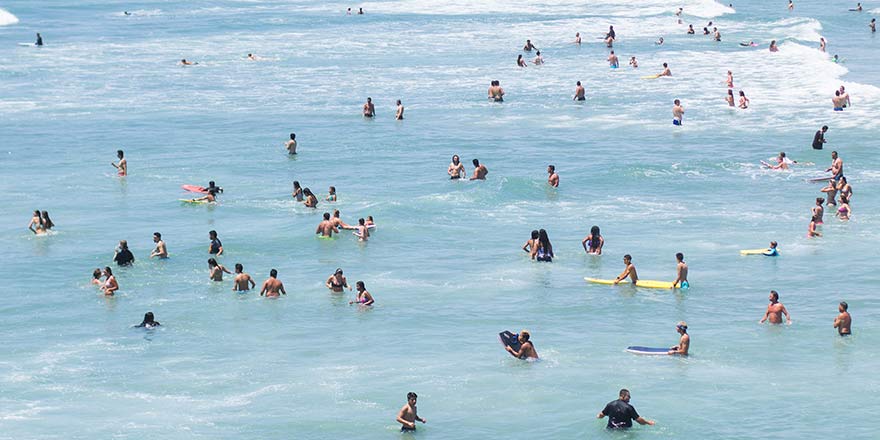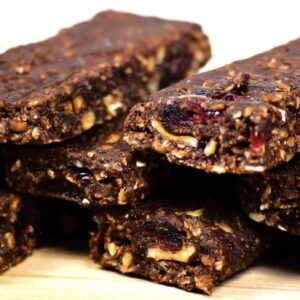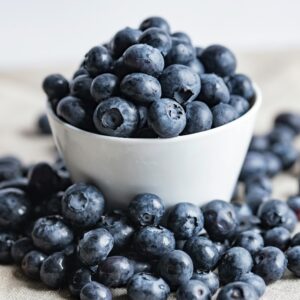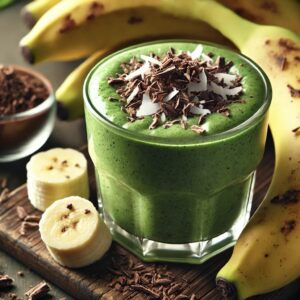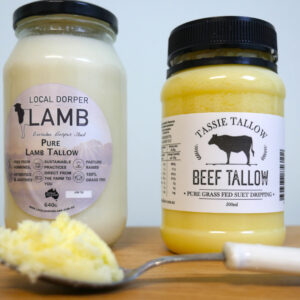If you live in Queensland, as I do, you are very aware of the intensity of our sun. My 6.00am tan from my morning run is evidence of this. Australia has one of the highest rates of skin cancer in the world so we all must be mindful of how we interact with this beautiful climate of ours without endangering our health.
Slip, Slop, Slap, Slide, Screen is the new sun safe motto nowadays. Wearing a hat, sunnies, protective clothing and hanging out in the shade in the sunniest part of the day should be very easy decisions to make when spending time outside. For some people, however, choosing the right sunscreen for them and their family requires a little more deliberation.
Chemicals found in sunscreens can create a concern if you wish to reduce your exposure to toxins. There are, however, natural options on the market which are just as effective in protecting you from the sun.
When applied to the skin, the ingredients in chemical sunscreens absorb the UV rays which causes a chemical reaction changing the rays into heat. This heat is then released from the skin.
Natural sunscreen usually contains minerals, zinc or titanium oxides. They create a physical barrier which the UV rays reflect from. These sunscreens are not the same as your old school zinc fluoro sticks that you might have used at your primary school swimming carnival (am I showing my age …….). The minerals are micronized so the sunscreen spreads more easily and is transparent on your skin.
In Australia, all sunscreens are approved by the Therapeutic Goods Administration (TGA) before they can be labelled a sunscreen. This means the product has been tested and rated in its ability to provide the required standards of protection from both UVA and UVB rays. So, according to the TGA, whether you use a chemical or natural sunscreen you are being given the same level of protection for sunscreens labelled broad spectrum.
Chemical sunscreen has been found to be better protecting against UVA rays (the aging rays) and physical sunscreens are better at protecting against UVB rays (burning rays) so choosing a broad-spectrum sunscreen is optimal as it protects against both types of damaging rays.
The Cancer Council of Australia recommends choosing a sunscreen based on the following criteria: it is broad spectrum with a SPF factor of 30 or more; it is water resistant; and it is TGA approved. They do not have any preference for chemical or physical sunscreen.
There are reasons why someone would choose one type of sunscreen over the other. There is on ongoing debate about the long-term safety of the chemicals used. Of concern are:
- Ingredients which may generate free radical damage
- Chemical ingredients, notably oxybenzone, which are considered endocrine disruptors which are messing with your hormones
- Ingredients that can cause skin irritation or allergic reactions.
There has been concern expressed about some natural mineral sunscreens using nanoparticles (smaller than micronized) of the mineral ingredient. The research to date has shown the size of the particles are still not small enough to be absorbed by the skin to affect any living tissues. However, there is still ongoing research in this area.
Of the minerals used in natural sunscreen, zinc oxide tends to cause the least irritation and studies have shown it is more effective in blocking both UVA and UVB rays.
In this country, skin cancer is not something to be messed with, so I encourage you to conduct your own research on what sunscreen works best for you and your family.
If you require any further information about natural sunscreens, Go Natural Foods does stock a full range of different natural sun safe products for adults and for children.
“This blog is based on the personal experiences of the writer. It is not intended to take the place of medical advice, diagnosis or treatment from a health care professional.”
Sources:
EWG (Environmental Working Group)
Cancer Council of Australia

